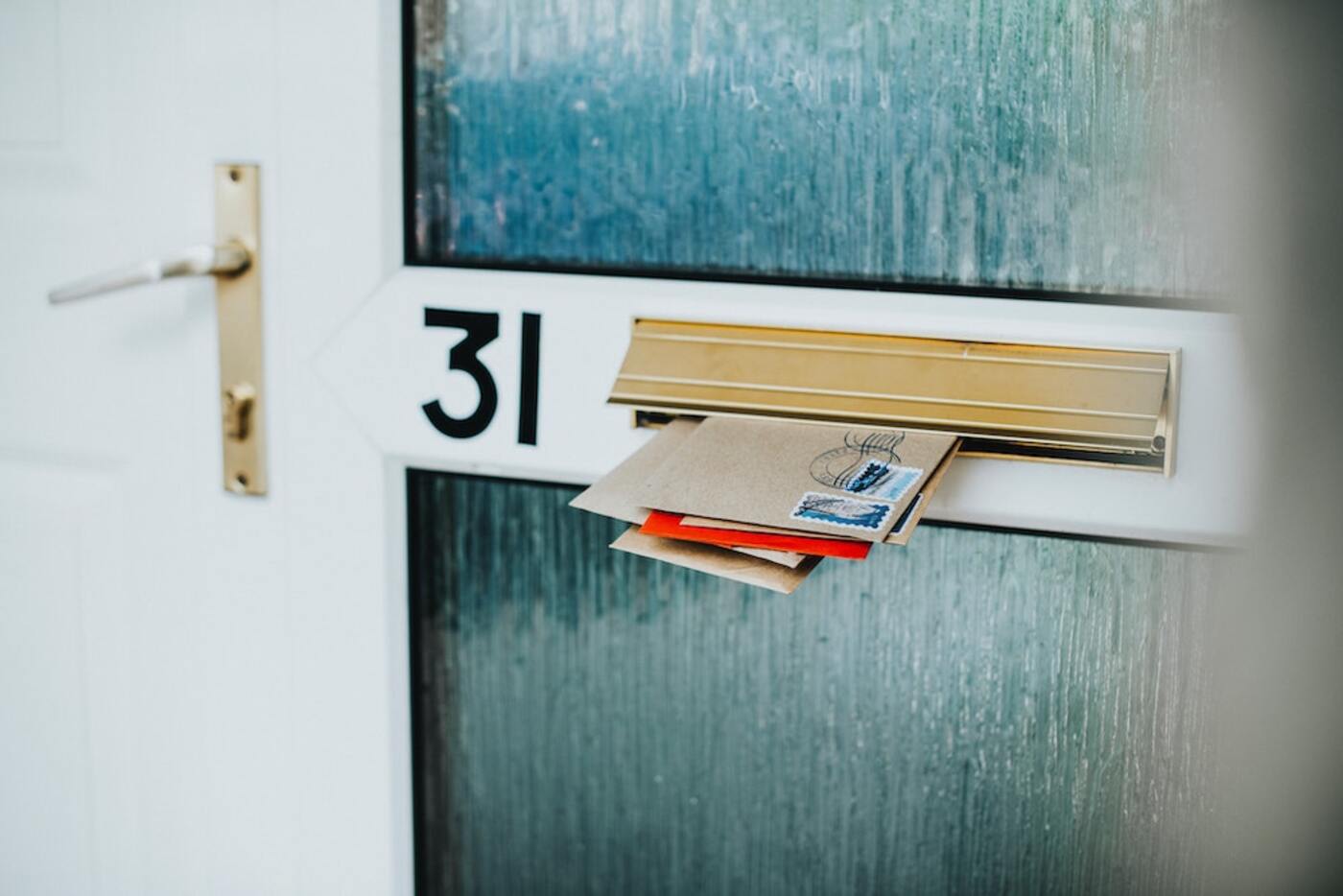How to give 30-days’ notice to a landlord (complete guide)
Failure to give proper 30-day notice can be an expensive mistake. Learn to write a notice and ensure your landlord receives it in time.

Are you ready to move out of your apartment? While it might seem simple to just pack up and go at the end of your lease, things aren’t quite so easy. Your lease and the law both require you to give at least a 30-day notice to your landlord. Here’s how to navigate the process.
Know which type of lease you have
What type of rental agreement do you have with your landlord? While all types of leases require at least 30 days’ notice, the lease term will determine when and how this notice should be given.

Fixed term leases
Contrary to what the name implies, if you’re on a fixed term lease – a lease that you’ve signed for a set period of time, such as one year – you’re still required to give 30 days’ notice to your landlord. This is typically the listed end date of your lease agreement. However, you might be able to negotiate a flexible end date with your landlord.

For example, you might need a few extra days after the end of your lease until your new apartment is ready for move-in. Most landlords will be happy to work with you if given proper notice. Just be sure to ask for a prorated rent price on the extension. You may also decide to renew your lease for another fixed term, whether that’s a few months or an additional year. Whatever you and your landlord decide, make sure to get the agreement in writing at least 30 days before your current lease’s end date.
Month-to-month leases
For leases with no set end date, giving 30 days’ notice is a bit easier. You can give notice at any time that you’d like to move out. This notice will go into effect at the end of your next rent period, as long as your landlord has received notice at least 30 days in advance.
If you don’t have a written lease, follow the same protocol listed above. The law typically views your verbal agreement as a month-to-month lease. However, it’s always best to have a written lease in place in order to protect yourself as a tenant.
Check your lease for requirements on giving notice
The standard amount of time to give notice is 30 days, but some leases set a longer period of time, such as 60 days or even 90 days. Some tenants even negotiate a lower rent price in exchange for the promise of giving more than 30 days’ notice to the landlord. Read your lease carefully when signing it and keep this restriction in mind while you’re making long-term plans.
Set a calendar reminder when you move in
It’s easy to lose track of time and forget when your lease is up. To avoid any costly mistakes, put a reminder in your calendar on the day you need to give the notice to move out. Even if you end up renewing your lease, you’ll know the exact deadline for when you need to make a decision.
Give notice in writing
You probably communicate with your landlord by phone, email, or text message. But when it comes time to give notice that you’re moving out, none of these electronic methods will suffice. Not only does the law require it in many places, but it’s just a good idea, in general, to put your move-out notice in writing. This can be handwritten or typed and printed (for which you can find samples online).

To compose a letter giving 30 days’ notice to your landlord, follow this general template:
- Start with your name, unit number, and today’s date
- Address the letter to your landlord
- Compose a brief letter announcing your intention to vacate the unit
- Give the date that you intend to terminate the lease
- Include an address where your landlord can return your security deposit
- Sign the bottom of the letter
Send your 30 days’ notice by certified mail
Once you’ve composed your move-out notice, make a photocopy for your records and bring the letter to the post office. Ask to send the letter by certified mail. While more expensive than a normal stamp, sending a certified letter gives you a receipt and notifies you when the letter is delivered to its recipient. If there’s ever a question of whether you gave proper notice before moving out, you’ll have indisputable proof. It’s worth the extra few dollars.
Keep in mind that the postal service takes a few days to send letters. In order for your 30-day notice to be legal, the landlord needs to physically receive the letter 30 days before the required date. Plan to send it at least three business days ahead of time, just to be safe.
How to avoid sending a 30-day notice to your landlord
As you can see, terminating a lease is not a straightforward process and requires some serious planning ahead. This is especially true when you’re trying to coordinate a transition from one lease into the next. Thankfully, there’s a way to rent an apartment without having to worry about giving 30, 60, or even 90 days of notice.
Blueground is a company that offers furnished rentals across many major cities worldwide. Their reservation system allows you to set your lease term upfront, whether that’s a few months or a year. Pick your own move-in and move-out dates without having to negotiate with a landlord. You can also move between Blueground apartments with ease; just pack your suitcase and go.
Receiving a 30-day notice as a tenant (and whether it means an eviction)
On the flip side, as a tenant, you may receive 30-days’ notice in the mail from your landlord or housing provider. This is not an eviction notice but rather a first notice that your landlord wishes to alter your lease terms. This could mean turning your unit into a non-smoking one, or ending your lease period prematurely. Be sure to read the specifics of your lease and State legislation on the matter to see which tenant rights you’re entitled to.







